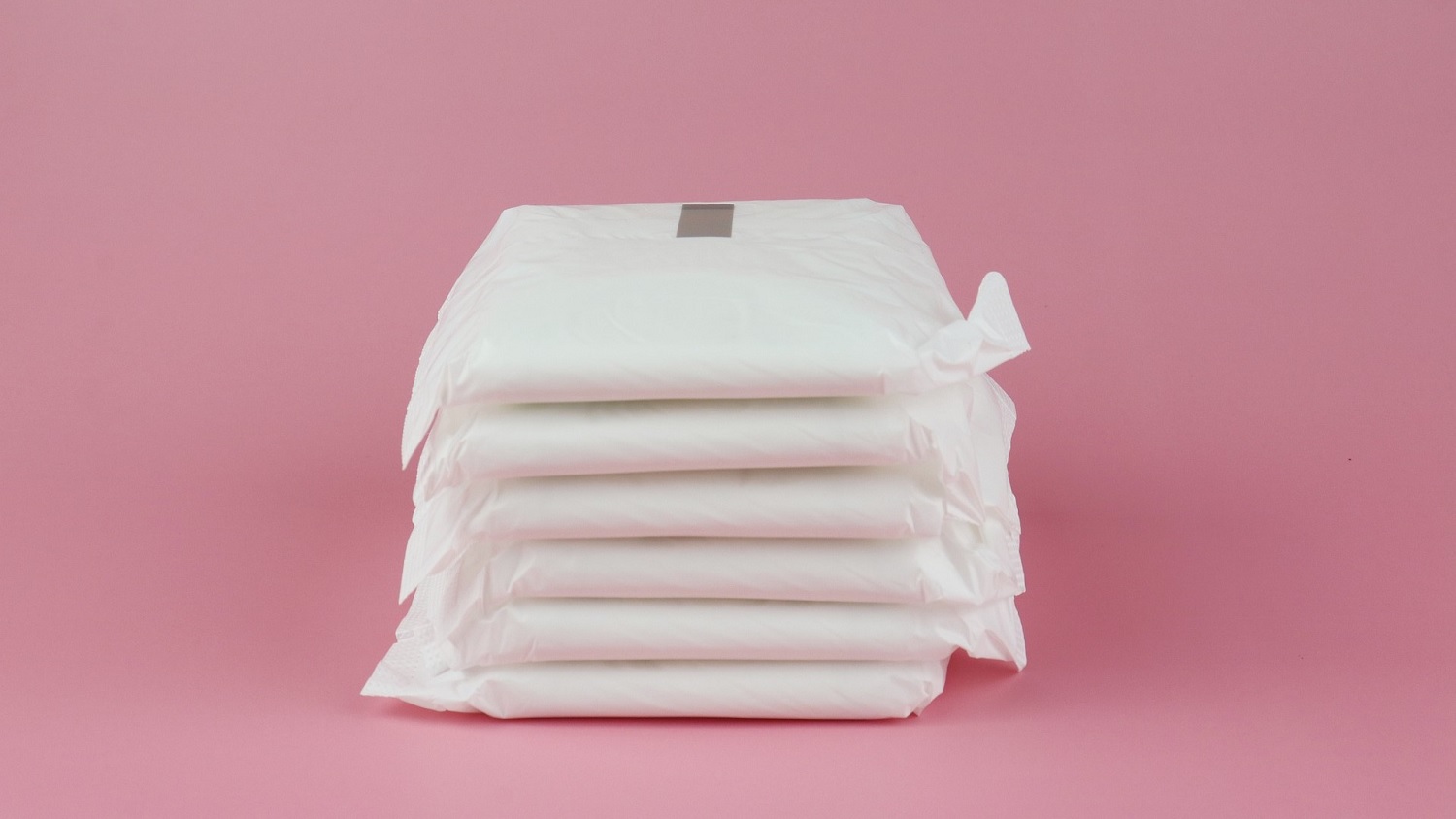Are you using intimate washes?
Just last week at my gynecology visit, my doctor noted on the side that he hopes I am not using any perfumed toilet paper, perfumed intimate cleanser, or even better not use any intimate cleanser at all. Apparently they often cause irritation. This staggered me but, as I was already embarrassed enough, I didn’t ask any further questions.
Perhaps this has happened to many of you. We are under the impression that we are taking good care of our private area with cleansers and special care products and still we get irritation, redness or even infections! How is this possible?! At home, I started the research.

Picture source: pixabay.com
What we need to know is that our private parts have a very specific environment that cannot be disrupted, to maintain a microbiome of good bacteria. The problem with these cleansers is that they could easily damage this environment and cause various vaginal infections. Even the products labeled as “safe” can disturb the delicate balance and cause serious problems. A study in 2018 found an association that women who use intimate cleansers have a 3.5 times higher risk of getting an infection and more than twice as high of a risk to contract a urinary tract infection [1].
“These products may be preventing the growth of the healthy bacteria required to fight off infection. Our society has constructed female genitalia as unclean, and the marketing of vaginal hygiene products as something women need to attain the ideal is contributing to the problem.” – Lead study author Kieran O’Doherty [1].
The lesson learned here is that our magical bodies are capable of secreting a lubricant to keep our privates healthy at all times and there is actually no need to use any external factors to clean them. Overall, the majority of gynecologists agree that our intimate area is fine by itself and cleaning it with gels, soaps and creams might cause more harm than good [1], confirming the opinion of my gynecologist.
What about period products?
Ok, so that’s about hygiene for now, as there is another issue we need to get to. Menstrual products – all the pads and tampons that we wear for hours on end for a whole week, every month.

Picture source: unsplash.com
“Millions of women will each use more than 16 800 tampons over the course of their lives. We have no data to tell us if that’s unequivocally safe” [2].
Yes, you guessed it. Not only are we being marketed intimate cleansers that increase chances of vaginal infections, but also menstrual products that have been found to contain various chemicals. Yay!
The commission by Women’s Voices of the Earth to test four types of menstrual pads of a well known brand, resulted in the discovery of chemicals such as carcinogens, reproductive and developmental toxins [3]. None of these were disclosed on the product by the manufacturer.

Picture source: unsplash.com
The feminine hygiene industry likes to defend their products by claiming that the amount of toxins in a single tampon/pad is very low. We are, however, not using just one! We will use more than 20 just during 1 of our menstruation cycles. There is almost no research done on the health effects of the continuous use of tampons over a lifetime! [4] Just imagine if we only did research on the health effects of smoking a single cigarette.
And of course, we cannot NOT talk about the waste issue…
Let’s do some math ![]() . A woman uses around 20–35 pads/tampons in a month, which equates to 240–420 in a year. Let’s say a menstruating woman has approximately 40 years worth of periods and that gives us a total of 9 600 to staggering 16 800 period products used by ONE woman during her lifetime. Now try and multiply that number by 3.5 billion, as that’s how many of us menstruating ladies are on this planet [5].
. A woman uses around 20–35 pads/tampons in a month, which equates to 240–420 in a year. Let’s say a menstruating woman has approximately 40 years worth of periods and that gives us a total of 9 600 to staggering 16 800 period products used by ONE woman during her lifetime. Now try and multiply that number by 3.5 billion, as that’s how many of us menstruating ladies are on this planet [5].
So how much waste is actually generated by period products with their packaging and wrapping? Currently, it is more than 200,000 tonnes of waste in a year! To put this number into the perspective of a single user, it comes down to an astonishing 125 to 150 kg of period product waste during their lifetime. Plus they all contain plastic. In fact, many pads are made of 90% plastic. This waste then ends up in landfills, or even worse, the oceans, rivers and beaches. At a UK beach clean in 2010, they found an average of 23 pads and 9 tampons per kilometer [6]. And as we all know plastic takes years and years to degrade in a landfill, typically longer than the lifespan of the person who used it.
There are better ways…
But don’t give up hope. Menstruation is a big part of our life and luckily there are already many alternatives which work equally as good or even better!
Substitutes such as menstrual cups, cloth pads, period underwear or eco pads and tampons are not only better for you and your health but also for the environment aaand in some cases for your wallet. Now, isn’t that a win-win.
Talking from my own experience, every single menstruation was a total nightmare for me. When I was using tampons I had unbearable cramps and well, pads were just uncomfortable. I always felt unclean, smelly and sort of damp, my skin was itchy and I was just suffering the whole menstruation. In summer it was all even worse… UNTIL, I discovered the menstrual cup. I actually bought it, just so I don’t produce so much waste, but, no joke, it was life-changing for me.
After a few months of using it, I was so excited about it that I was recommending it to almost every woman I met. Suddenly, menstruation became just a normal part of my life. It came and went without any major discomfort. My cramps stopped, I wasn’t getting irritated skin, I felt clean and fresh the whole time. I have used my cup for more than 6 years now and would not change it for anything else.

Picture source: unsplash.com
I know, it sounds way too enthusiastic but it really is like that for me. It is true that you have to give it a few months to get used to it. It takes a while to learn how to insert it properly and taking it out the first time was actually very terrifying ![]() . You also always have to keep in mind that you cannot just take it out and throw it in the trash, so you need to have access to running water at the time of changing. Luckily you can keep it inside for up to 12 hours – depending on your flow.
. You also always have to keep in mind that you cannot just take it out and throw it in the trash, so you need to have access to running water at the time of changing. Luckily you can keep it inside for up to 12 hours – depending on your flow.
Keeping it clean is also very important. I clean mine with soap and hot water after and also before every use. And I also boil it before every menstruation cycle. It’s super quick. I just boil water and keep it in for a few minutes. That’s all.
I was, however, feeling a bit odd about using it also during the night. SO I went back to normal pads… aaah the old feeling of itchiness, dampness and discomfort was back. It was so bad that I kept waking up and couldn’t really sleep.
A friend recommended cloth pads. I was quite hesitant because, feeling damp with pads which have actually absorbent materials, I thought with cloth pads it must be just much worse. But to my surprise, it wasn’t. I felt much more comfortable, I assume it is because natural materials are more breathable. So I found my perfect combo. I use the cup during the day and cloth pads for the night. If I am traveling and have no opportunity for washing my cloth pads I use disposable but I try to choose ones made of natural materials and without chemicals – even though I guess that’s not always ensured.
I have not tried period underwear just because I am currently happy with what I am using but I think it can also be a good alternative. Give it a go – it’s worth it!
Sources
[1] https://www.medicalnewstoday.com/articles/325360
[2] https://www.theguardian.com/commentisfree/2015/apr/20/tampon-safety-research-legislation
[3] https://www.womensvoices.org/menstrual-care-products/detox-the-box/always-pads-testing-results/
[4] https://www.theguardian.com/commentisfree/2015/apr/20/tampon-safety-research-legislation
[5] https://www.1millionwomen.com.au/blog/powerful-environmental-reasons-switch-menstrual-cup/
[6] https://www.allmatters.com/environmental-reasons-to-switch/


0 Comments